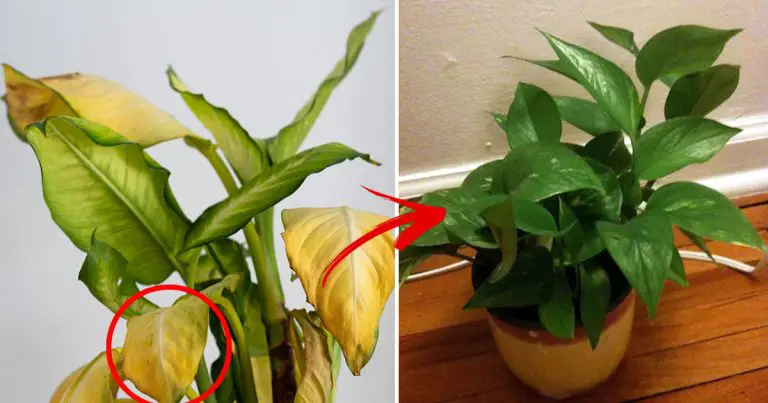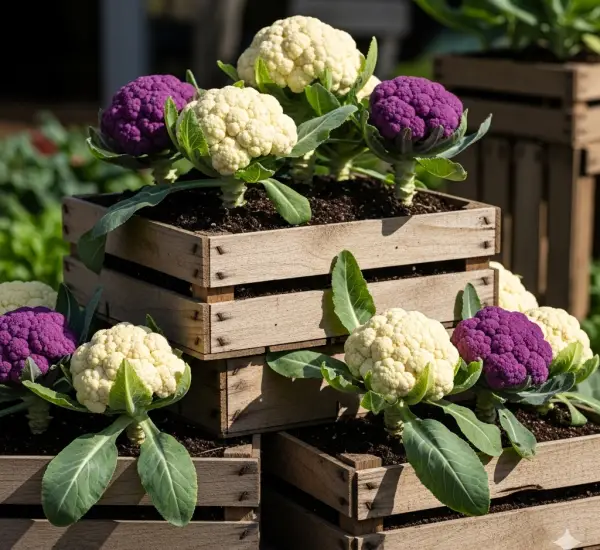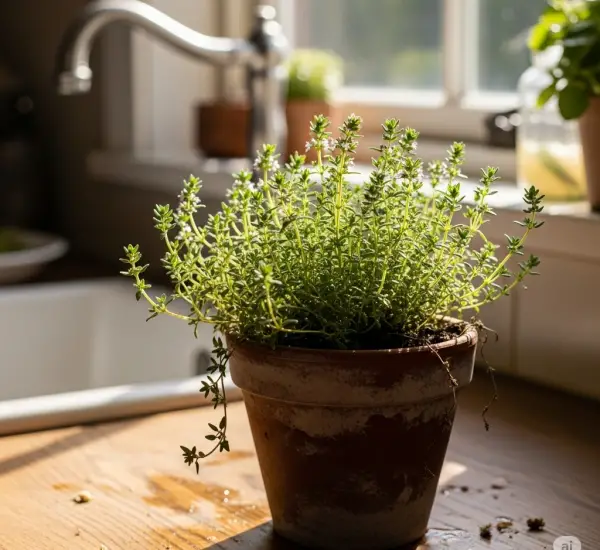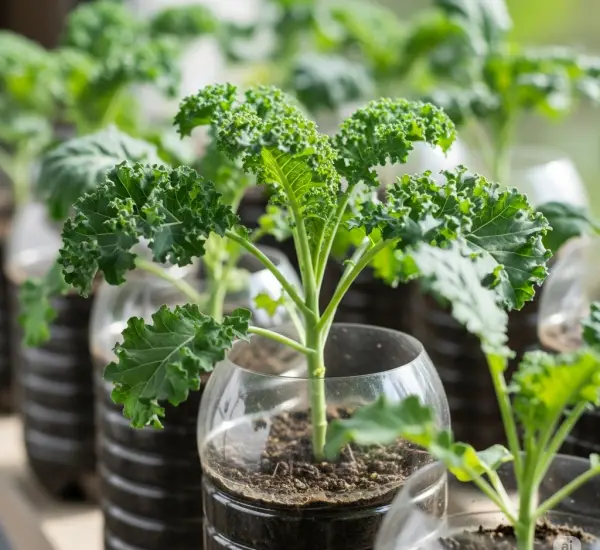Adding plants to your home is not only ideal for decorating indoor spaces but also beneficial for purifying the air we breathe and creating a relaxing environment. However, at times, difficulties arise in choosing an appropriate spot for your plant, and its leaves start to yellow.
You’ve likely observed some or all of the leaves on a plant turning yellow and eventually falling off. The primary cause of this phenomenon is chlorosis, a problem that arises when plants do not produce enough chlorophyll.
Chlorosis can have various causes, and it’s crucial to learn to identify them to revive and essentially rejuvenate your plants.
Lack of Light
Even if your plants are indoor varieties, they still need a certain amount of sunlight to initiate the photosynthesis process and prevent leaf yellowing.
Place the plant near a well-lit window, and you’ll notice its leaves recovering their green color after a few days.
Excess Water
If most of your plant’s leaves are turning intensely yellow, it’s likely due to overwatering or inadequate soil drainage.
A quick way to check this is by touching the soil. If it’s too wet or moist, it indicates poor drainage.
The solution is straightforward: add a layer of gravel beneath the soil to facilitate proper water absorption and drainage.
Nutrient Deficiency
If the soil is not adequately fertilized, the leaves are likely to turn yellow. Plants require specific minerals to grow healthy and strong, especially iron.
Soak cloves in water until it becomes murky, then use this liquid to water your plants.
If your plant leaves are yellowing, follow these tips to prevent them from falling or rotting. Just like us, plants need care to grow healthy and strong.



